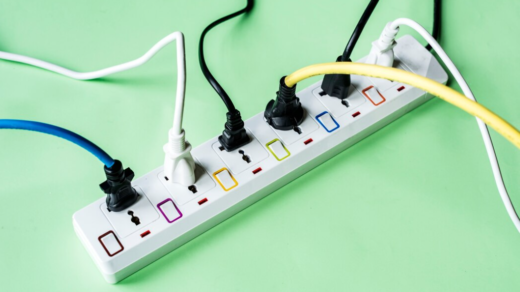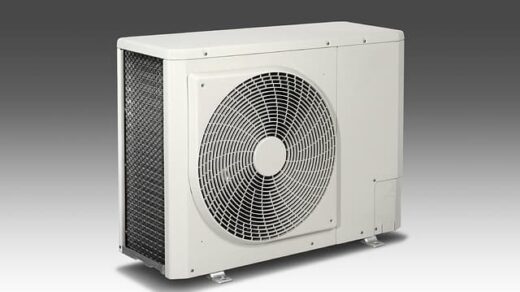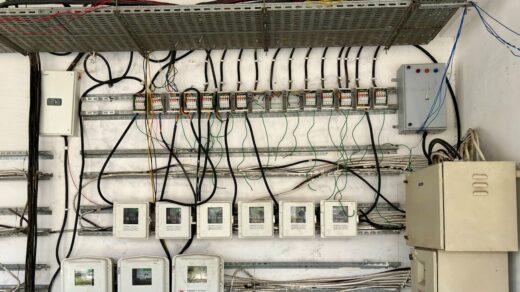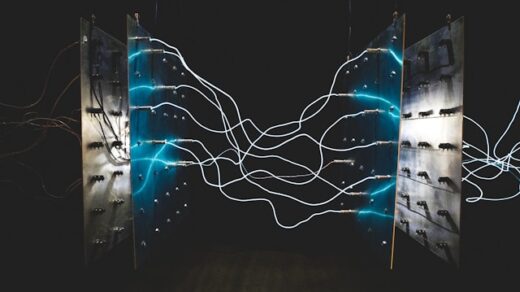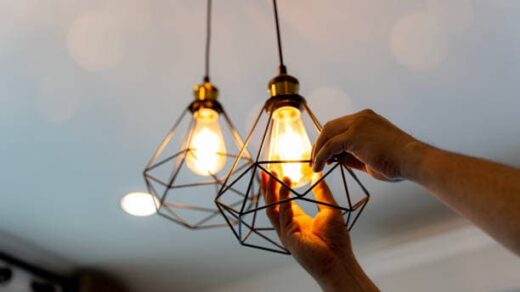To successfully install recessed lights in your Ottawa home or office, a meticulously crafted blueprint, appropriate equipment, and a wealth of experience are prerequisites for attaining an impeccably polished outcome. The introduction of recessed lighting into a space brings about a remarkable transformation in both its appearance and ambiance. These fixtures seamlessly complement other illuminative elements like table lamps and candles, enhancing the overall character of the area.
While it may be conceivable for a DIY enthusiast to embark on a lighting installation endeavor independently, engaging the services of seasoned professionals typically yields cost-effective benefits. We consistently advocate for the prudent step of obtaining a complimentary, no-obligation quotation before embarking on your project.
Comprehensive Guide to Ceiling Light Installation Challenges
While the task of installing ceiling lights may appear deceptively simple, it unfolds as a multifaceted endeavor, particularly when dealing with older architectural structures. Undertaking electrical projects within such venerable edifices necessitates meticulous planning, precise execution, and a profound comprehension of the potential complications that may surface. In the following exposition, we delve into the intricacies of common challenges one encounters during ceiling light installations and proffer adept strategies for their adept resolution:
Perils of Insulation
Challenge: The placement of recessed lighting housings in direct proximity to ceiling insulation carries the peril of igniting a fire.
Resolution:
- Always peruse the comprehensive instructions furnished alongside the lighting installation kit, as they invariably contain indispensable cautions and directives;
- Ascertain the requisite spatial clearance between the luminary fixture and the insulation material to safeguard against potential hazards;
- Contemplate the utilization of fixtures designated as insulation contact-rated (IC-rated), specifically engineered to safely coexist in direct contact with insulation materials.
Ceiling Material Complications
Concern: The type of ceiling material can make cutting holes for lights challenging and might result in unintended damage.
Recommendations:
- Identify the ceiling material before starting. Plaster, for instance, can be more brittle than drywall;
- Use specialized cutting tools or tips suitable for the material. A fine-toothed saw or a rotary tool might work better on some surfaces;
- Test-cut a small area in a less conspicuous spot if unsure about how the material will respond.
Electrical Load Considerations
- Issue: Adding new lights can increase the electrical load on circuits, which, if not appropriately managed, can lead to overloading;
- Implications: An overloaded circuit isn’t just a minor inconvenience that results in a tripped breaker. It’s a significant safety concern, particularly in aging homes where electrical systems might not be up to current standards.
Insights:
- Before adding any new fixtures, assess the existing electrical load on the circuits;
- Consult with a professional electrician to ensure the circuit can handle the additional load;
- Consider upgrading or adding new circuits if necessary. This is particularly essential for homes with older electrical systems.
Choosing the Perfect Pot Lights for Your Space
Pot lights, also known as recessed lighting, offer a sleek and modern way to illuminate your home. With a wide variety of styles and options available, it’s essential to choose the right pot lights to enhance the aesthetics and functionality of your space. Here, we’ll delve into the world of pot lights and help you make an informed decision.
1. Low Profile LED Pot Lights
- Low profile LED pot lights have become a staple in contemporary homes. They offer a clean, unobtrusive look while providing efficient lighting. These lights are energy-efficient, consuming significantly less electricity than traditional incandescent bulbs. Consider these points when opting for low profile LED pot lights;
- Energy efficiency: Save on your energy bills with LED technology;
- Durability: LEDs have a longer lifespan, reducing maintenance costs;
- Versatility: Suitable for various rooms, from kitchens to living areas.
2. Gimbal Pot Lights
- Gimbal pot lights add a touch of elegance to your space while allowing you to direct light precisely where you need it. They are versatile and ideal for highlighting specific features or artworks in your home. Here’s why gimbal pot lights might be the right choice;
- Focused lighting: Perfect for accentuating artwork or architectural elements;
- Adjustable direction: Customize the angle to create the desired ambiance;
- Aesthetic appeal: Their sleek design adds a modern touch to any room.
3. High Profile Recessed Lighting
- High profile recessed lighting brings sophistication to your ceilings, making them a statement piece in your room. While they may be pricier, they can significantly enhance your home’s aesthetic appeal. Consider the following benefits;
- Elegant aesthetics: High profile lights become a design element themselves;
- Customization: Choose from various trims and finishes to match your decor;
- Long-term investment: Their timeless look adds value to your home.
4. Dim to Warm Pot Lights
- Dim to warm pot lights offer the versatility to create different atmospheres in your space, mimicking the warm glow of traditional incandescent bulbs. These lights transition from a bright, cool white to a soft, warm hue as they dim. Here’s why you might want to consider them;
- Mood lighting: Perfect for setting the right ambiance in dining rooms or bedrooms;
- Versatile control: Adjust the light intensity to suit different activities;
- Energy-efficient dimming: Save energy while creating a cozy atmosphere.
When exploring your options for pot lights, you can find a wide selection and gain inspiration by visiting lighting manufacturers’ websites, like Liteline’s. Take your time to research and select the pot lights that best match your home’s style and your specific lighting needs.
A Detailed Guide to Safe and Efficient Home Lighting Installations
Home lighting installations, while seemingly straightforward, can present a myriad of challenges and safety concerns. It’s essential to be well-prepared and informed before embarking on any such project. This guide delves deep into the steps to ensure your installation is both secure and successful, providing additional insights for a comprehensive approach.
1. Ensuring No Electrical Current
- Switch It Off: Begin by turning off all related light switches in the vicinity of your project.
- Breaker Box Protocol: Proceed by disconnecting the power source of the specific room you’re working in from the breaker box;
- Testing for Safety: Once you’ve cut the power, validate with a voltage tester to confirm the absence of electricity in the wires;
- Recommendation: A non-contact voltage tester is a handy tool for this purpose, as it can detect voltage without requiring direct contact with wires;
- Seek Expertise When in Doubt: If there’s any uncertainty or any readings that make you uncomfortable, halt your work. It’s always prudent to seek the advice of a licensed electrician.
2. Regulations, Permits, and Inspections
- Know Your Local Regulations: Based on where you reside, securing a permit and inspection for your lighting project could be obligatory;
- Importance of Compliance: Adhering to local regulations isn’t just about legality – it’s about safety and future value;
- Benefits of Professional Installation: Besides ensuring the highest safety standards, a professionally executed installation can enhance the resale value of your property;
- Risks of Unpermitted Work: Cutting corners can jeopardize future property sales or even result in fines.
3. The Value of Teamwork
- Heightened Tasks Require Assistance: If your installation involves ceiling work, ladders will be your best friend. It’s beneficial to have someone alongside you for;
- Holding the ladder steady;
- Handing over tools;
- Offering a second perspective on positioning and alignment;
- Safety First: Never compromise on safety. If a task seems daunting or potentially hazardous, it’s better tackled with assistance.
4. Guarding Against Dust and Debris
- Understanding the Hazards: Installing pot lights or any ceiling lights can lead to the release of dust particles, which can be harmful when inhaled;
- Dust Mask: Essential for filtering out fine particles, ensuring you don’t inhale anything harmful;
- Safety Goggles: They offer a protective barrier against debris, safeguarding your eyes from any floating particles or accidental splinters;
- Gloves: Beyond just protection, they provide better grip and reduce the risk of cuts and abrasions when handling materials;
- Tip: Consider laying down drop cloths or plastic sheets to catch falling debris, making the cleanup process smoother.
Essential Tools for Pot Lighting Installation
Pot lighting, also known as recessed lighting, offers an elegant, streamlined appearance in a room. However, to ensure a smooth installation process, the right tools and knowledge are imperative. The tools you’ll need can vary based on the specific location and condition of the space. Let’s delve into the details:
Location Specifics:
The installation tools may differ based on:
- Whether the room is newly constructed or already finished;
- If the location is in a commercial space like an office or a residential area like a home.
Tool Checklist:
Most skilled DIY enthusiasts or professionals likely possess many of these tools. However, it’s always a good idea to double-check before commencing:
Measuring Tools:
- Tape measure: For determining the spacing between the lights;
- Pencil or marker: For marking the exact spots for light fixtures.
Cutting Tools:
- Drywall saw: Useful for making precise holes in drywall ceilings;
- Hole saw attachment for drills: Provides cleaner cuts, especially in harder surfaces.
Electrical Tools:
- Voltage tester: Crucial for ensuring power is off before beginning work;
- Wire strippers and pliers: For preparing and connecting wires;
- Screwdrivers: Multiple types may be required based on fixture specifics.
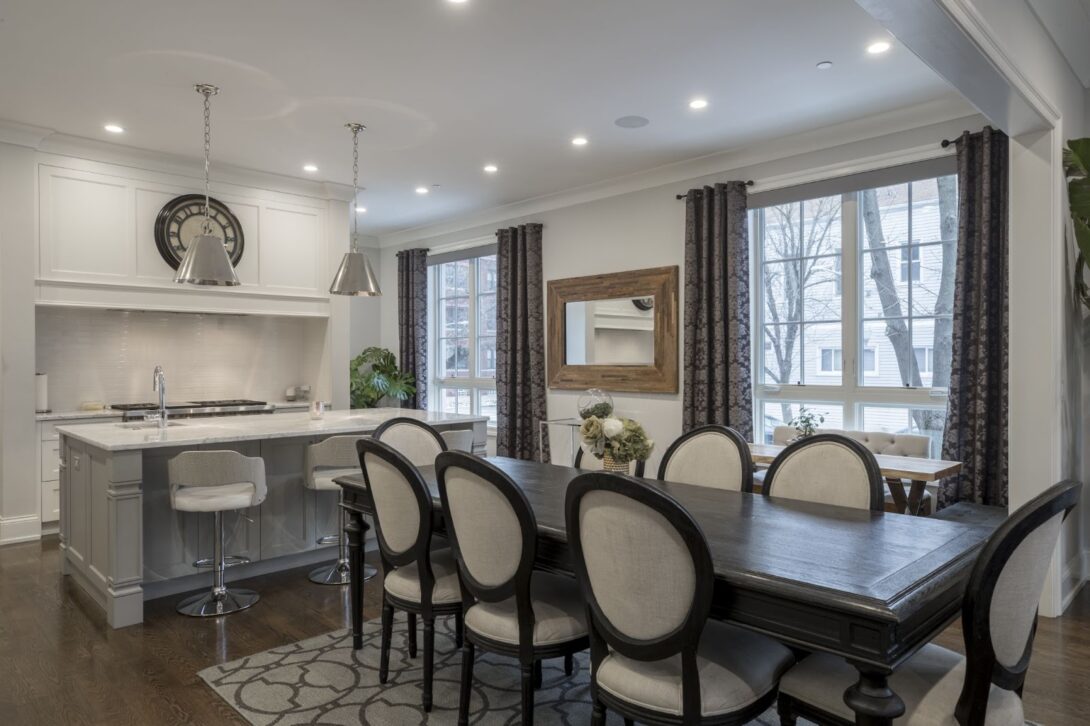
Safety Gear:
- Safety glasses: To protect against dust and debris;
- Insulated gloves: Essential when working with electrical components;
- Ladder: Ensure it’s stable and of the appropriate height.
Miscellaneous:
- Wire nuts and electrical tape: For secure and safe wire connections;
- A drill with various bits: Useful for making pilot holes or driving screws.
Additional Tips:
- Last-Minute Supplies: No matter how well you prepare, there might be times when a last-minute trip to the local hardware store becomes necessary. Always keep a list handy, and add to it as the project progresses;
- Rent or Borrow: If purchasing certain tools isn’t feasible, consider renting or borrowing them. Many hardware stores offer rental services for specialized tools;
- Safety First: Installing involves electrical work, which comes with its set of risks. Always ensure the power is turned off before starting, and if uncertain, seek professional advice or assistance.
By being prepared and informed, the process of installing pot lighting can be not only safe but also rewarding, giving any space a fresh and modern look.
Summary
In conclusion, this article serves as a comprehensive and invaluable resource for those considering the installation of recessed lights, or pots, in their Ottawa homes or offices. We underscores the importance of meticulous planning, the right equipment, and professional expertise to achieve a polished and transformative outcome. Recessed lights are portrayed as more than just fixtures; they are described as elements that can elevate the aesthetics and ambiance of a space when integrated with other lighting sources.

